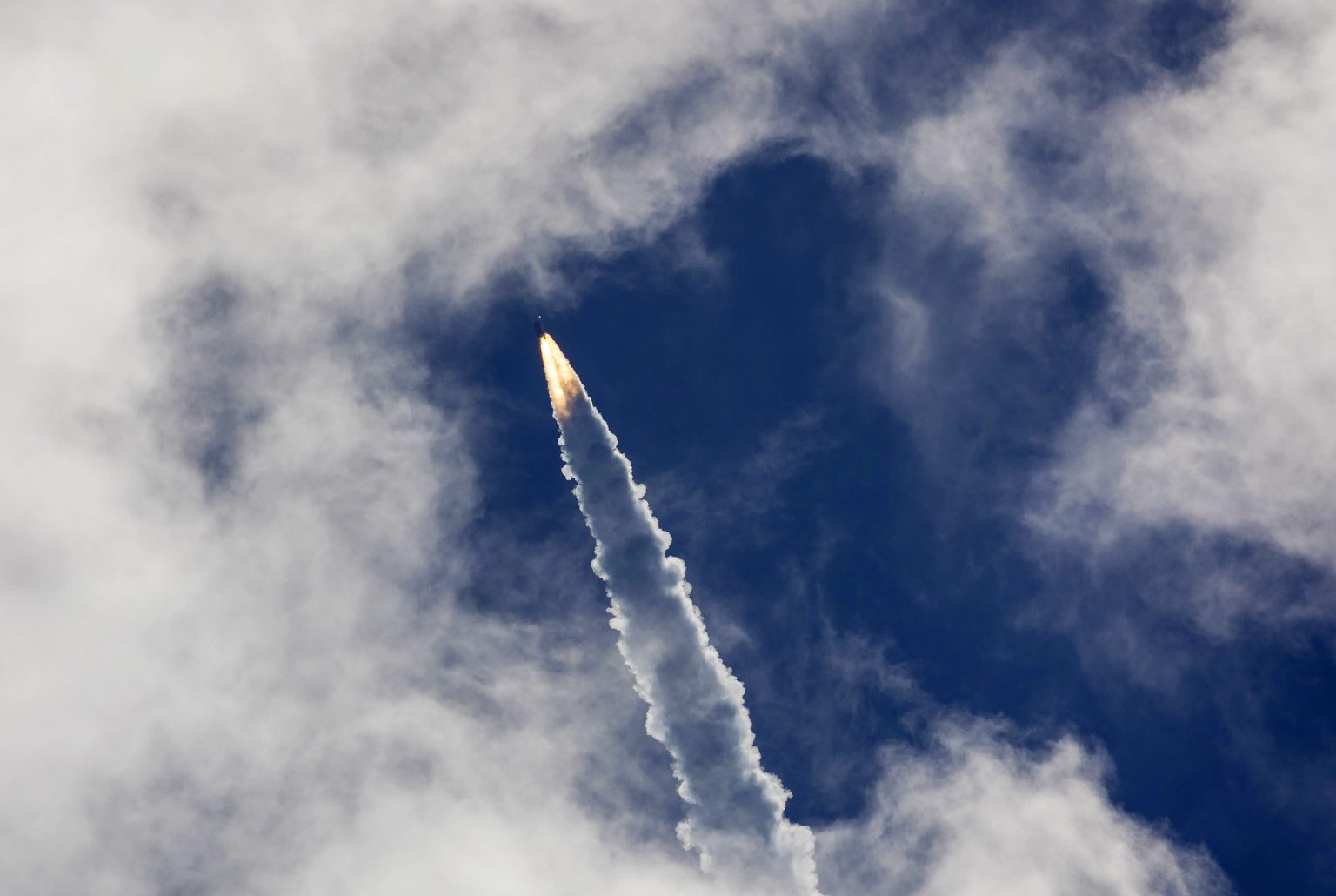The Boeing Starliner spacecraft completed a successful mission to deliver two astronauts to the International Space Station, marking a significant achievement for the aerospace company in its efforts to obtain certification for future crewed missions. The mission, known as Orbital Flight Test-2 (OFT-2), was a crucial step in demonstrating the spacecraft’s capabilities and safety for carrying astronauts to and from the space station. The successful completion of this mission is a major milestone for Boeing’s Starliner program, which has faced setbacks in the past.
The two astronauts aboard the Starliner spacecraft, NASA astronauts Barry “Butch” Wilmore and Mike Fincke, were tasked with conducting various experiments and maintenance tasks during their stay at the space station. The successful delivery of the astronauts to the space station demonstrated the spacecraft’s ability to safely transport crew members to and from the orbiting laboratory. This achievement is a testament to Boeing’s commitment to ensuring the safety and reliability of its crewed space missions.
The Boeing Starliner spacecraft is part of NASA’s Commercial Crew Program, which aims to provide safe and cost-effective transportation to and from the International Space Station. The program is a partnership between NASA and private aerospace companies like Boeing and SpaceX, with the goal of reducing the agency’s reliance on Russian spacecraft for crew transportation. The success of the Starliner spacecraft in delivering astronauts to the space station highlights the importance of these commercial partnerships in advancing human space exploration.
The completion of the OFT-2 mission paves the way for Boeing to proceed with the next phase of its Starliner program, which includes a crewed test flight to the International Space Station. Once this mission is successfully completed, Boeing will be on track to receive certification from NASA to conduct regular crewed missions to the space station. The success of the Starliner spacecraft is a significant step forward for Boeing in its efforts to become a key player in the future of human spaceflight.
The Boeing Starliner spacecraft is equipped with advanced technologies and safety features to ensure the well-being of its crew members during space missions. The spacecraft is designed to provide a safe and comfortable environment for astronauts traveling to and from the International Space Station. Boeing’s commitment to safety and reliability is reflected in the successful completion of the OFT-2 mission, which demonstrates the spacecraft’s ability to perform its intended functions effectively and efficiently.
In conclusion, the successful delivery of two astronauts to the International Space Station aboard the Boeing Starliner spacecraft is a significant achievement for the aerospace company and the Commercial Crew Program. This milestone demonstrates Boeing’s capabilities in crewed space missions and highlights the importance of commercial partnerships in advancing human space exploration. The completion of the OFT-2 mission sets the stage for Boeing to continue with its Starliner program and eventually receive certification for regular crewed missions to the space station. With its commitment to safety and reliability, Boeing is poised to play a key role in the future of human spaceflight.


